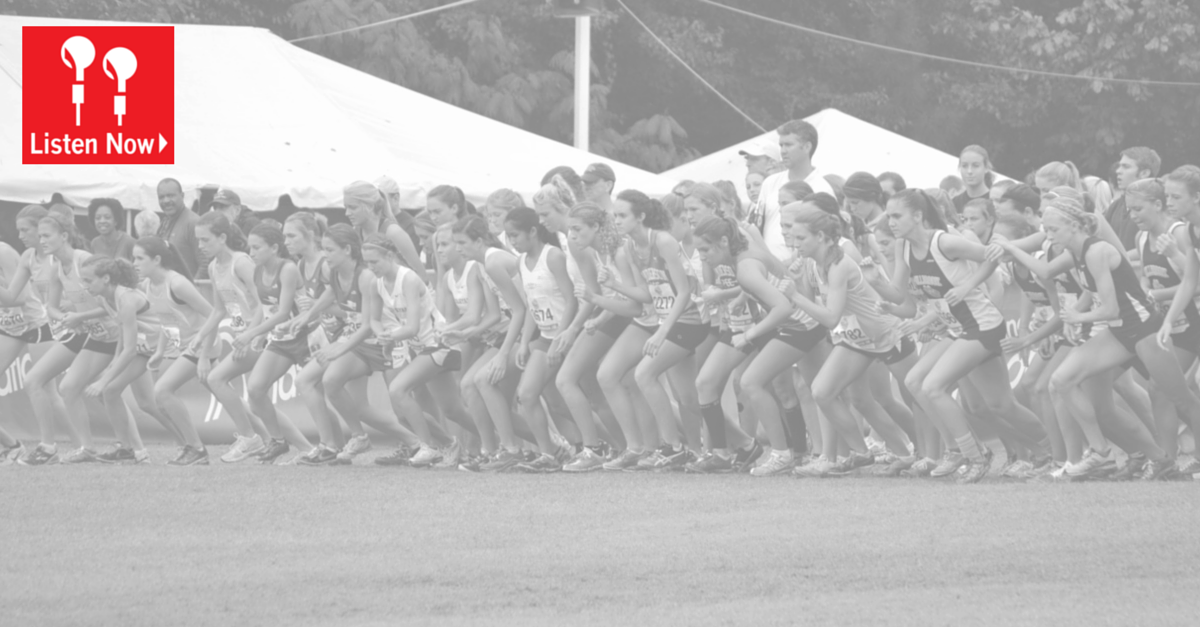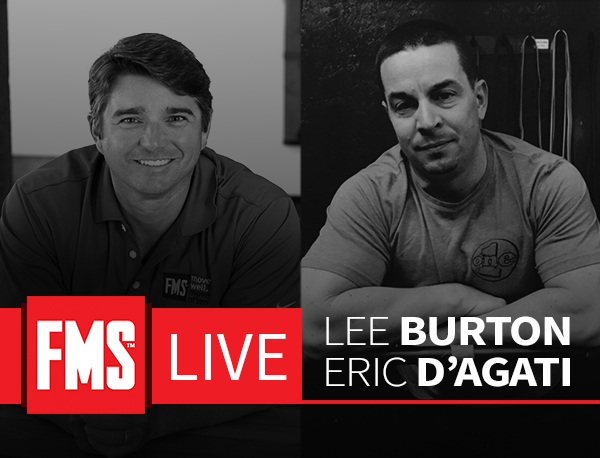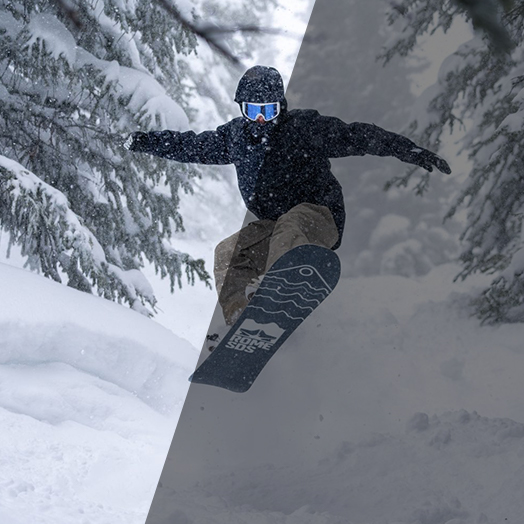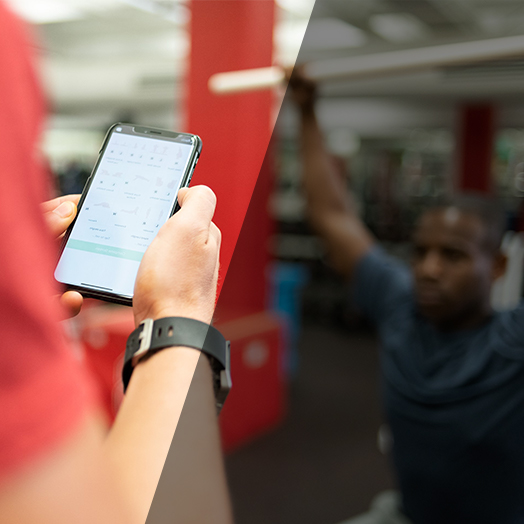Conquer the Brettzel
Written by Greg Dea FMS
“Surrounding the dragon” is a little-known technique to improve soft tissue mobility. Together with the Brettzel, it is a formidable alliance. The “dragon” is the area of a tissue that is angry, sore, painful, sensitive – anything other than the feeling of pressure when it is under pressure. To “attack the dragon” is to invoke a potential sympathetic nervous system response, associated with increased heart rate, sweating, increased respiratory rate, wincing, grimacing or holding breath. These behaviours provoked by pain are indicative of responses that indicate threat from pain. This is behaviour contrary to modulating pain and often leads to reactive guarding. To “surround the dragon” is to relieve pressure around the sensitive area. This latter technique often relieves the signs of an angry dragon area of tissue. The Brettzel as a stretch is one thing. As a test, however, it is very revealing. When you settle into a Brettzel, close your eyes, rest your head and then ask, “where in my body do I feel most tight?” The answer will reveal where you can begin your refined search for dragons.
For example, you settle into the Brettzel and note that the anterior thigh is most tight. (Other common areas are the lateral hip/buttock, topside ribcage or interscapular region.) So, you lay over the foam roller as per the video and search for the dragon, then treat as described in the video.
For many, foam rolling is pain provocative simply because the bodyweight creates firmer pressure than the stick. Use other limbs to spread the weight so that the firm pressure does not cause grimacing, wincing or breath holding. As above, such pain behaviours lead to two little known problems:
- Prime mover contractions as part of a guarding strategy, instead of a relaxing strategy
- Behaviours such as grimacing, wincing and breath holding are outputs of the CNS reflective of fear.
These problems reinforce to the persons nervous system that this is a behaviour to be feared, as threatening.
At a workshop in New Zealand, a rugby coach told me he just tells his athletes to “smash themselves on the foam roller”. My response was that whether you attack the dragon by smashing the area, or surround it, what matters is the change in behaviour, as indicated qualitatively by the comfort of the area in the Brettzel, and quantitatively by the gains in mobility within the Brettzel. For some atheltes involved in high-threshold activities like rugby, the awakening of the dragon may be less of a threat. So, smashing or attacking the dragon, while it may induce discomfort, or pain, the use of facial “softening” and calmer breathing sends a signal that the technique is not to be feared.
For many seasoned athletes, the use of these deeper techniques on painful areas can be tolerated and nullified by “poker-faced” breathing techniques to reduce fear and guarding. Such “neural tags” of pain behaviour are the wrong pathways to be stimulating. For those who use deeper techniques and feel the approach to pain is avoidable, one can always creep up on the painful area from distally or proximally – “surrounding the dragon” and treating surrounding tissue, instead of directly provoking the painful tissue.
Mobility by itself is not as important as control of mobility, also known as static and dynamic stability. Static and dynamic stability, that is, the control of movement, is direction and context specific and driven by reflexes involving skin receptors, ligament receptors, golgi tendon organs and muscle spindles. The role of stability and motor control intervention is to do one thing – to enhance central nervous system processing of sensory information, to support the expression of power and skill.
Together, mobility, stability and motor control are context specific, with each position and pattern related to the direction and type of use of force. Expressions of mobility, stability, and motor control, via positions and patterns, support the power required to get into the game and stay in the game.
Mobility, stability, and motor control deficits can kill a dream, but there’s no formula to perfectly avoid this – injury occurrences are multifactorial. We can’t predict injury, we can identify risk factors and weak links and the best practitioners indeed address these, systematically.
The peripheral sensory receptors that detect inputs are concentrated in certain areas
- Skin mechanoreceptors
- Ligament mechanoreceptors
- Golgi tendon organs
- Muscle spindles
In our toolbox, we have techniques for influencing mechanoreceptors. The first to consider is superficial massage and stick work. These target the skin, superficial muscle spindles, ligaments, and Golgi tendon organs. These techniques can be used to “attack the dragon”.
Stick work, as a method, is often used incorrectly. The stick, or massage devices like it, should be used with particular purpose.
Here’s how to use them as designed:
Step 1: With firm pressure, roll the stick along the muscle tissue. The target tissue will present itself as sore, whilst tissue that isn’t to be treated will not be sore. Simple. In many cases, trigger points will have an area around it that gets sorer as you approach the trigger point. For many, it will be too sore to roll the stick over it with firm pressure.
Step 2: Grip the stick with pressure enough to hold it between thumb and second finger. Roll with gentle pressure over the sore tissue for up to 50 rolls. As a guide to how gentle or firm, if you are wincing, grimacing, or holding breath, these behaviours provoked by pain are indicative of responses that indicate threat from pain. This is behaviour contrary to modulating pain and often leads to reactive guarding.
Step 3: After 50 rolls, repeat the firm roll over the target tissue. If the above guidelines are followed, the tissue should be less sensitive.
Step 4: Repeat the above until the target tissue is no longer sore with firm pressure.
Whichever strategy you decide to use, attacking or surrounding the dragon, with foam roller, stick or other device, the technique should modulate pain and alter mobility of the target tissue, verified by reassessment post-technique. The Brettzel and targeted technique work are great combinations to reveal the handbrakes to movement in clients.
Author

Greg is a Performance Sports Physiotherapist, with multiple Olympic medalists and world champion athletes among his clientele. He is based out of the Mornington Peninsula in the south east of Melbourne, Australia. He regularly works in professional sports in China and teaches in five countries. He has been a titled Sports Physiotherapist for 10 years and a practicing Physiotherapist since 1999. He has lived in five countries, studied and worked in eight, and travelled to over thirty to learn what the best practitioners and coaches do, systematically, in the toughest athletic environments.








